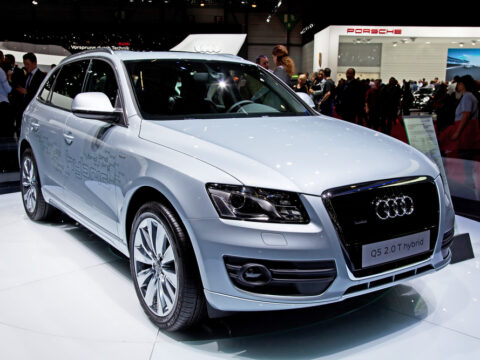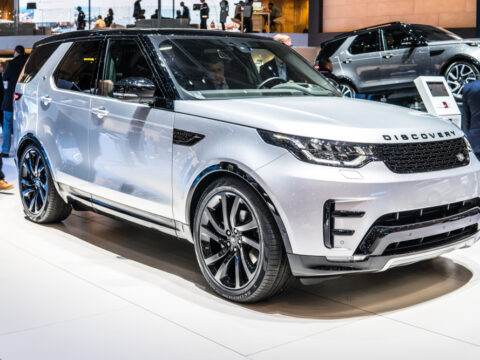Electric vehicles (EVs) are on the rise, transforming how we think about transportation. This article highlights 16 key factors driving the increasing popularity of EVs, from environmental benefits to technological advancements. Discover what makes EVs a compelling choice for today’s drivers.
Contents
Environmental Concerns
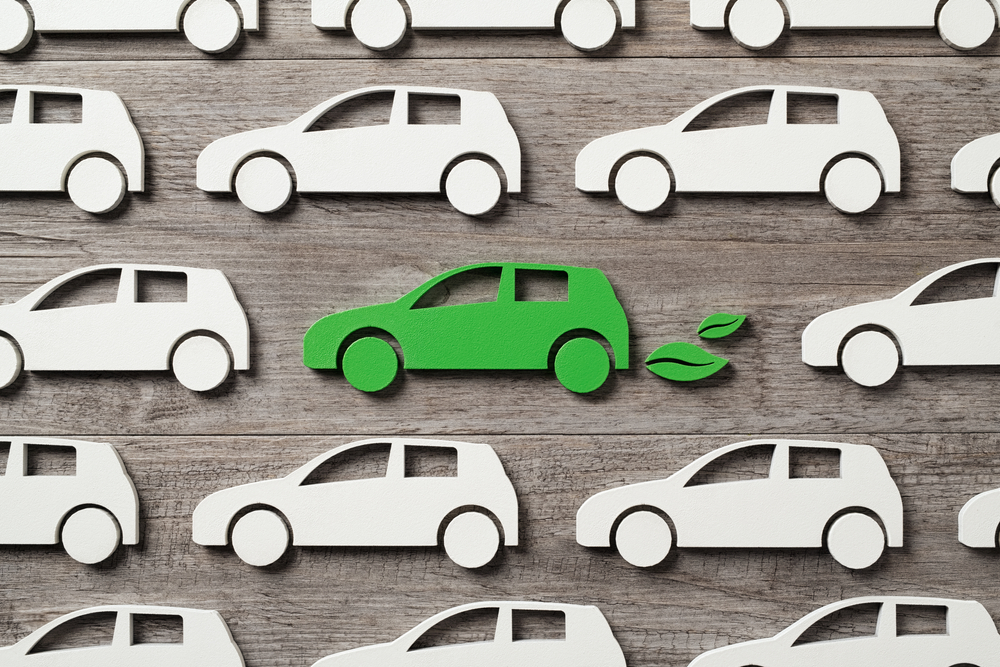
Growing awareness of climate change and pollution has driven the push toward cleaner transportation options. Electric vehicles (EVs) produce zero tailpipe emissions, significantly reducing air pollution. To meet climate goals, governments and environmental organizations advocate for EV adoption.
Government Incentives
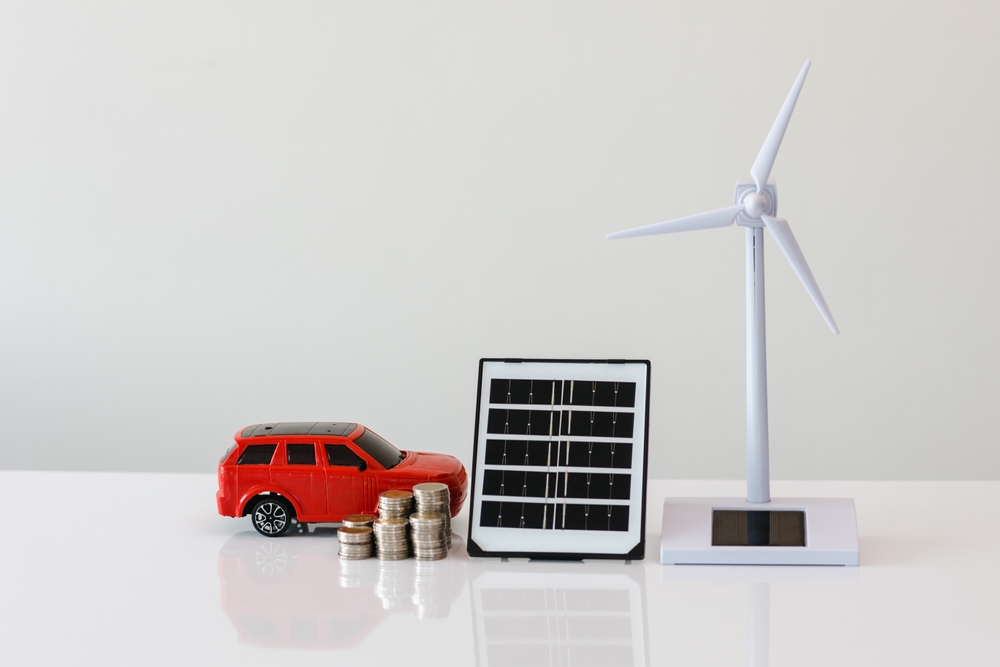
To encourage EV purchases, many governments offer financial incentives. These benefits include tax credits, rebates, and grants, which make EVs more affordable for consumers. Additionally, some regions provide perks like free parking, access to carpool lanes, and toll exemptions. Such incentives are crucial in boosting EV sales.
Technological Advancements

Advances in battery technology have greatly improved EV performance and range. Innovations in lithium-ion batteries and the development of solid-state batteries promise longer lifespans and faster charging times. Continuous research and development in EV technology have made them more competitive with traditional vehicles.
Lower Operating Costs

EVs are cheaper to operate compared to internal combustion engine vehicles. Electricity is generally less expensive than gasoline or diesel, and EVs have fewer moving parts, resulting in lower maintenance costs. Over the vehicle’s lifetime, owners save money on fuel and repairs.
Improved Charging Infrastructure

The expansion of charging infrastructure has made EV ownership more convenient. Public charging stations are increasingly available in urban and rural areas, along highways, and at commercial locations. Fast-charging technology reduces the time needed to recharge EVs, making long-distance travel feasible.
Corporate Commitments

Many corporations are committing to sustainability by incorporating EVs into their fleets. Companies like Amazon and UPS are investing in electric delivery vehicles to reduce their carbon footprints. Automakers are also pledging to transition to fully electric lineups in the coming years.
Consumer Awareness
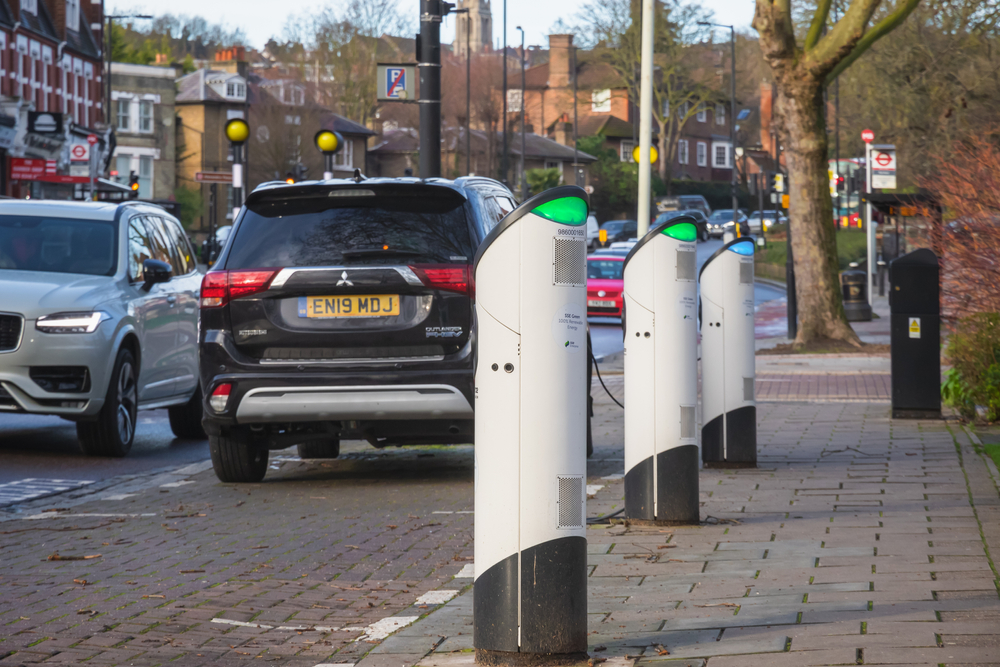
Increased awareness of the benefits of EVs is influencing consumer choices. Media coverage, educational campaigns, and word-of-mouth have informed the public about the advantages of EVs, such as environmental benefits and cost savings. As more people become educated about EVs, their popularity continues to rise.
Urbanization and Traffic Congestion

Urbanization and growing traffic congestion are leading to a preference for cleaner, quieter vehicles. EVs produce no exhaust emissions and significantly reduce noise pollution in crowded cities. Some urban areas implement low-emission zones that favor EVs. As cities become more congested, the demand for environmentally friendly transportation options like EVs increases.
Rising Fuel Prices

Fluctuating and often increasing fuel prices make EVs a more economically attractive option. Electricity prices are generally more stable compared to gasoline and diesel, providing predictable fuel costs for EV owners. As traditional fuel prices rise, the cost advantage of EVs becomes more pronounced.
Performance and Driving Experience
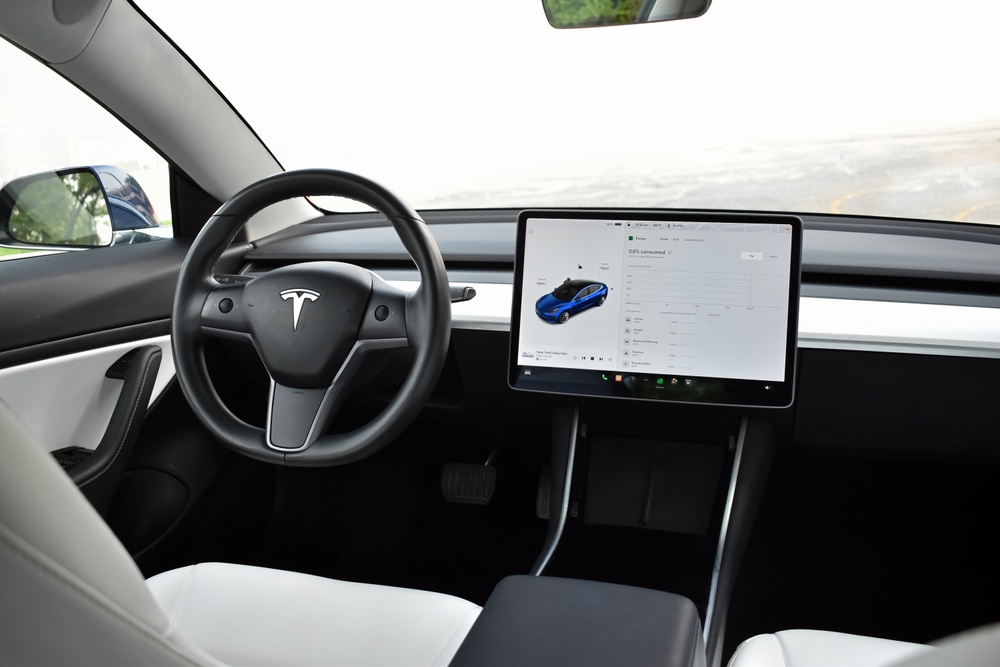
Modern EVs offer impressive performance, with instant torque and smooth acceleration. They provide a quiet and comfortable driving experience, with many models featuring advanced technologies and high-end features. The superior performance and driving experience of EVs attracts automotive enthusiasts and everyday drivers alike.
Improved Battery Recycling

Advancements in battery recycling processes are addressing concerns about the environmental impact of used batteries. Efficient recycling methods recover valuable materials, reducing the need for new resource extraction. This makes the lifecycle of EV batteries more sustainable and environmentally friendly. Improved recycling techniques enhance the overall appeal of EVs.
Enhanced Safety Features

EVs often come equipped with advanced safety features and driver-assistance technologies. The lower center of gravity in EVs, due to battery placement, improves stability and reduces rollover risk. Automakers are integrating innovative safety systems into EV designs, offering better protection for drivers and passengers.
Automotive Industry Shift
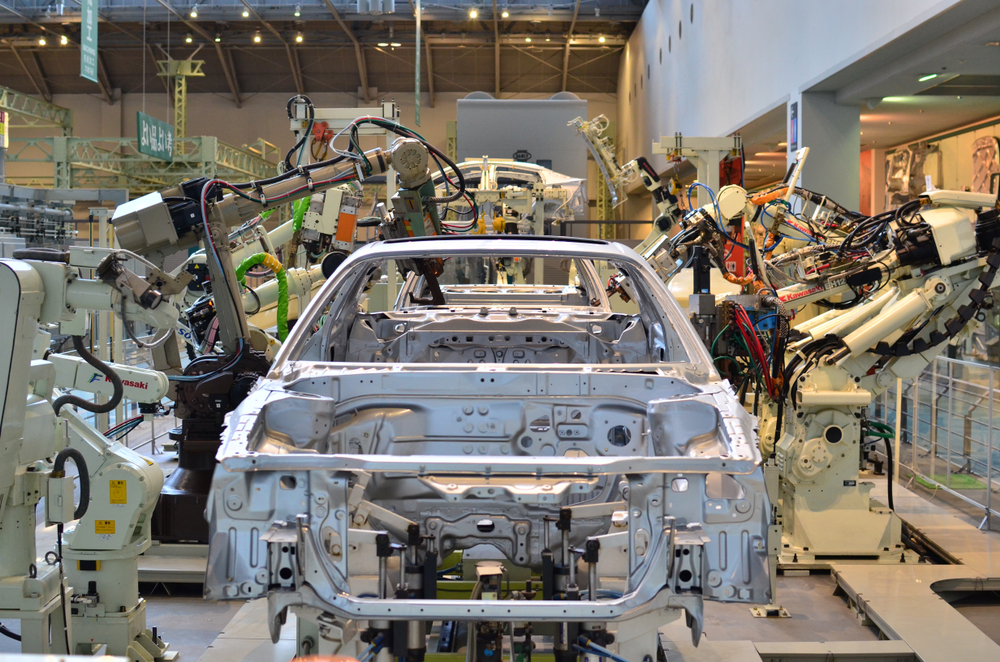
The automotive industry is undergoing a significant shift towards electrification. Major automakers are investing heavily in EV development, launching new models, and phasing out internal combustion engines. This industry-wide transformation accelerates the availability and diversity of EVs.
Global Market Trends

Global market trends indicate a significant shift towards electrification. Countries around the world are setting ambitious targets for EV adoption and phasing out fossil fuel vehicles. International collaboration and competition drive innovation and lower costs.
Customizable and Upgradable Features
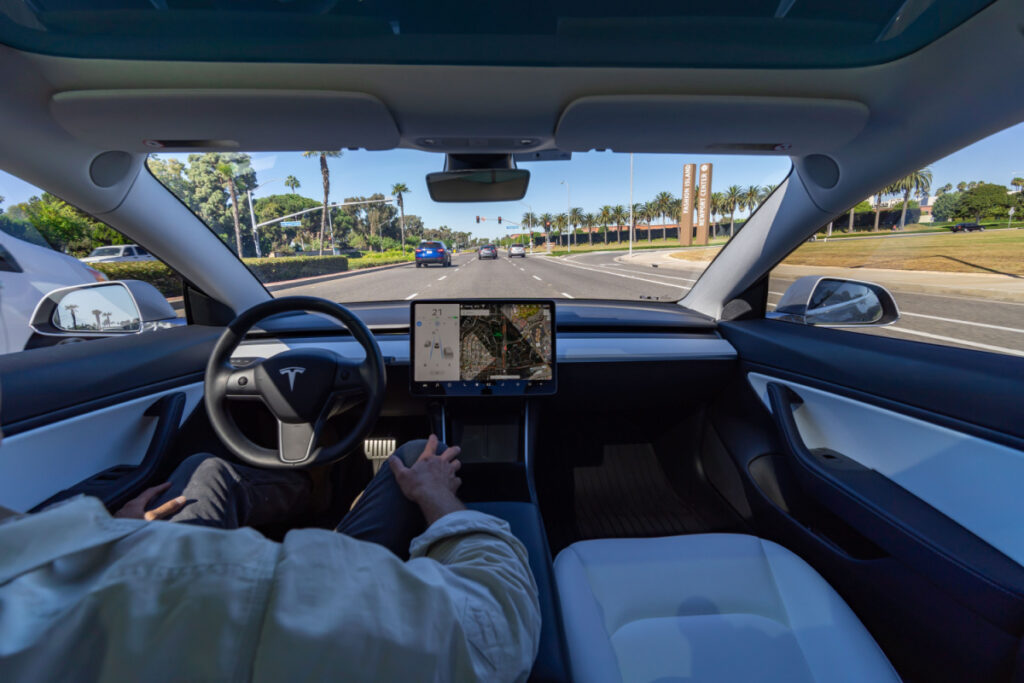
The digital nature of EVs allows for customizable and upgradable features through software updates. Owners can enhance their vehicles with new functionalities and improvements without needing to buy a new model. This flexibility is appealing to tech-savvy consumers who value continuous innovation.
Renewable Energy Integration
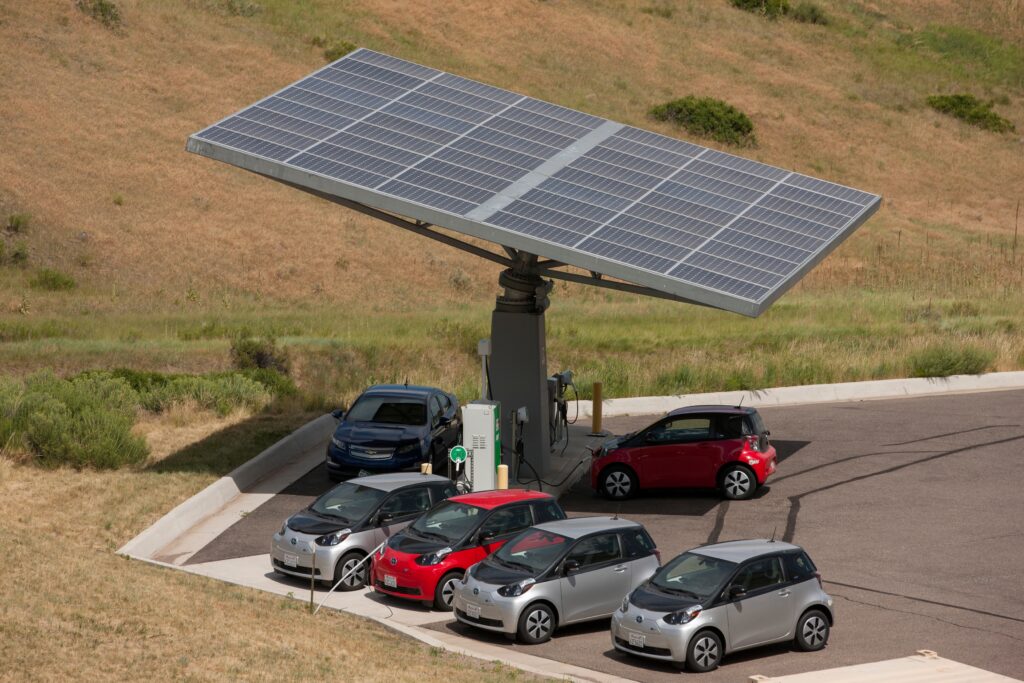
EVs can be powered by renewable energy sources, such as solar, wind, and hydroelectric power. This compatibility with clean energy sources reduces the carbon footprint of EVs even further. Consumers who invest in renewable energy systems for their homes can charge their EVs sustainably.
This article originally appeared on MyCarMakesNoise.
More from MyCarMakesNoise
12 Unmanned Space Probes Exploring Our Solar System

The exploration of our solar system has been significantly advanced by unmanned space probes. These remarkable spacecraft have journeyed to distant planets, moons, and even beyond the solar system, providing invaluable data and breathtaking images. Read More.
14 High-Value Antique Tractors for Collectors

Antique tractors hold a special place in the hearts of collectors, combining nostalgia with engineering marvels of the past. These machines, once vital to farming, now stand as cherished relics of agricultural history. Read More.
15 Worst Cars for Resale Value

Buying a car is a significant investment, and while the allure of a shiny new vehicle can be strong, it’s crucial to consider the long-term financial implications of your purchase. Depreciation is a car buyer’s stealthiest expense, quietly eroding the value of a vehicle over time. Read More.


